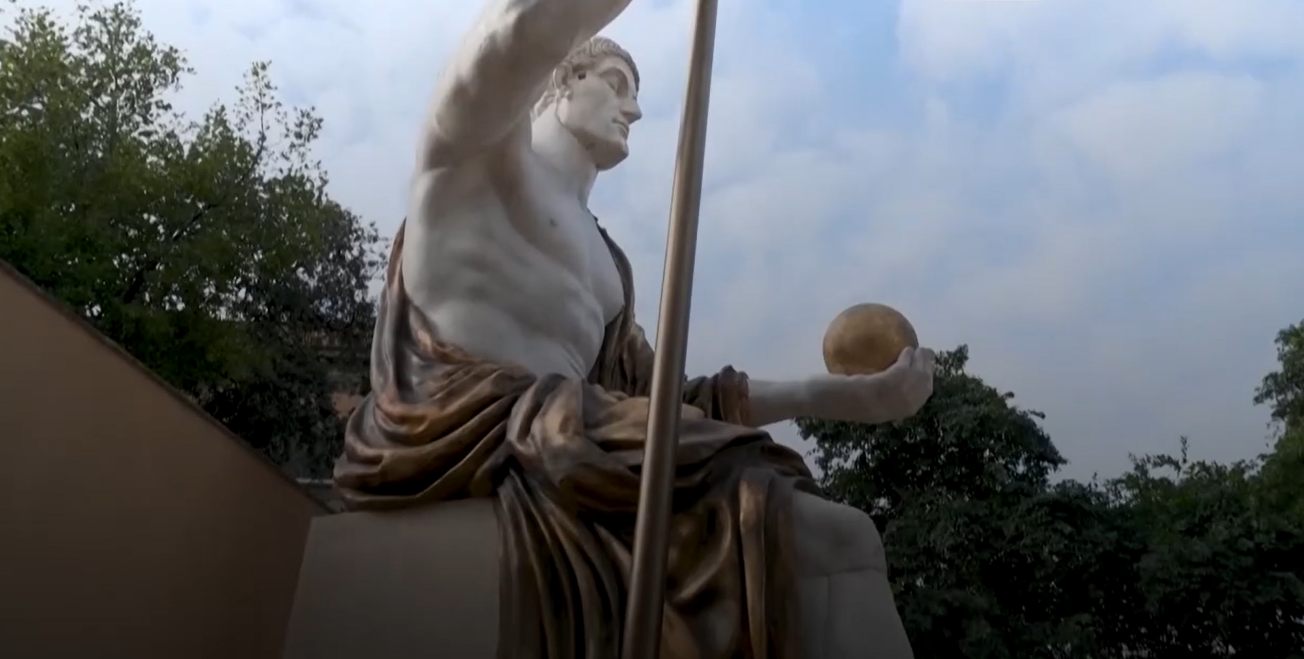The ancient 11-meter structure was recreated using high tech software to scan a handful of surviving fragments.
It once sat majestically at the heart of ancient Rome.
Now a vast statue of Emperor Constantine the Great is returning to the Eternal City thanks to a high-tech reconstruction based on surviving marble fragments.
“It’s somewhere between documenting and recreating and interpreting. But I really hope that this is the beginning of a revolution, about how to share and how to show,” explains Adam Lowe, the director of Factum Foundation, who oversaw the meticulous reconstruction process.
Born in 306 AD in Naissus, now part of Serbia, Constantine became one of the most influential Roman leaders of all time, strengthening the empire enormously.
But he is perhaps most famous for having converted to Christianity, and experts believe the enormous statue of him served as a recognition that Christianity had become the empire’s religion.
Putin announced that Russian scientists are close to creating a cancer vaccine
The so-called Colossus of Constantine, which dates to the early 4th century, was a monumental statue erected to celebrate Constantine’s reign.
Originally some 11 metres tall, it was later broken up and pillaged for bronze. In the 15th century, the few surviving fragments were found: the head, right arm, wrist, right hand, right knee, right shin, right foot and left foot.
Despite the surviving fragments being rediscovered in 1486, it was initially mistaken for a statue of Emperor Commodus. It was only at the end of the 1800s that the fragments were correctly identified as being part of the Colossus of Constantine.
Continue here: Euronews
Ask me anything
Explore related questions





